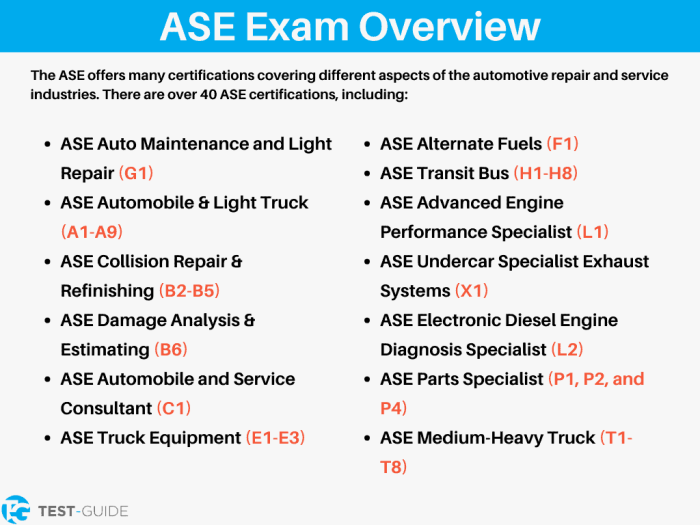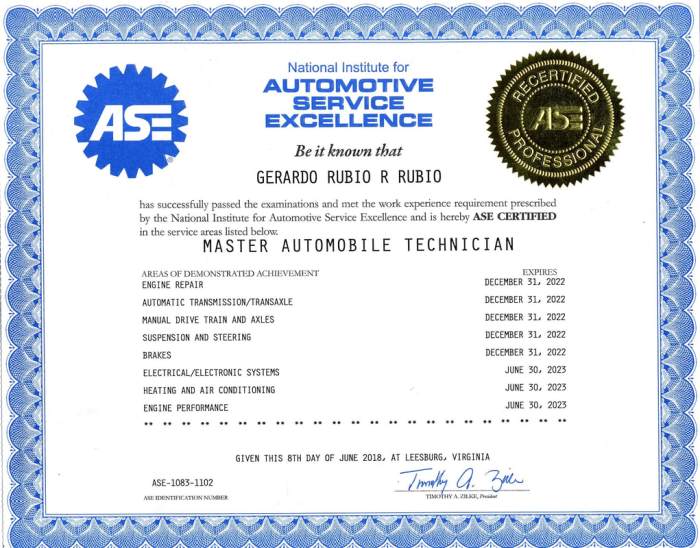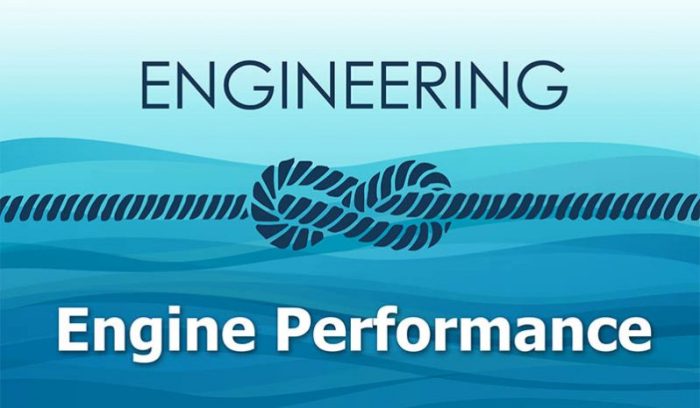The Engine Performance ASE Practice Test is an indispensable tool for aspiring automotive technicians seeking to enhance their skills and knowledge. This comprehensive resource provides a detailed overview of the test’s purpose, structure, and content, empowering candidates to approach the exam with confidence and achieve optimal performance.
Throughout this guide, we will delve into effective test preparation strategies, explore proven test-taking techniques, and analyze sample questions with detailed solutions. Additionally, we will uncover valuable additional resources and professional development opportunities to support ongoing skill improvement.
Engine Performance Practice Test Overview

An engine performance practice test is a diagnostic tool designed to assess an individual’s knowledge and understanding of the principles and practices related to engine performance.
These tests typically cover a wide range of topics, including engine theory, diagnostics, and repair procedures.
Content and Format
Engine performance practice tests generally consist of multiple-choice questions, true/false questions, and short answer questions.
The questions are designed to test the individual’s ability to identify and diagnose engine problems, as well as their knowledge of the proper repair procedures.
Test Preparation Strategies: Engine Performance Ase Practice Test

Effective preparation is crucial for success in the Engine Performance ASE Practice Test. Here are some strategies to enhance your preparation:
Review Study Materials:Thoroughly review the study materials provided by ASE, including textbooks, online resources, and practice questions. This will help you solidify your understanding of engine performance concepts.
Practice Test-Taking Skills
Taking practice tests is essential for improving your test-taking skills. Here are some strategies to maximize the benefits of practice tests:
- Simulate Test Conditions:Create a realistic testing environment by taking practice tests under timed conditions. This will help you adapt to the time constraints and pressure of the actual test.
- Review Wrong Answers:After taking a practice test, carefully analyze your wrong answers. Identify areas where you need further study and focus on improving your understanding of those concepts.
- Time Management:Practice managing your time effectively during practice tests. This will help you allocate time wisely on the actual test and ensure you complete all sections within the allotted time.
Test-Taking Techniques

Effective test-taking strategies can significantly enhance performance on the Engine Performance ASE Practice Test. By adopting a structured approach, managing time efficiently, and reviewing answers thoroughly, test-takers can maximize their scores and demonstrate their knowledge and skills.
Time Management Techniques
Time management is crucial during the test. Allocate a specific time to each section or question, ensuring ample time to complete all sections without rushing. Prioritize questions based on their difficulty and importance, answering the easier ones first to build confidence and save time for more challenging questions later.
Answer Review
After completing the test, take time to review your answers carefully. Check for any errors or inconsistencies in your reasoning. Consider alternative solutions or interpretations to ensure the accuracy of your responses. Reviewing answers allows you to identify and correct potential mistakes, potentially improving your overall score.
Sample Questions and Solutions
Practice test questions for engine performance can help you assess your knowledge and identify areas for improvement. Here are a few sample questions with detailed explanations of correct answers:
These sample questions cover various aspects of engine performance, including engine operation, diagnostics, and repairs. Studying these questions and understanding the solutions will enhance your preparation for the ASE Engine Performance certification exam.
Question 1
Which of the following is a major component of an engine’s valvetrain?
- Piston
- Camshaft
- Crankshaft
- Spark plug
Correct Answer:Camshaft
Explanation:The camshaft is a critical component of the valvetrain, responsible for controlling the opening and closing of valves in the engine’s combustion chamber.
Question 2
What is the purpose of a spark plug in an engine?
- To provide a path for the electrical current to flow
- To create a spark that ignites the air-fuel mixture
- To regulate the flow of fuel into the combustion chamber
- To measure the engine’s temperature
Correct Answer:B. To create a spark that ignites the air-fuel mixture
Explanation:The spark plug generates a high-voltage spark across its electrodes, which ignites the compressed air-fuel mixture in the combustion chamber, initiating the combustion process.
Question 3
Which of the following is a symptom of a faulty oxygen sensor?
- Increased fuel consumption
- Rough idle
- Check engine light
- All of the above
Correct Answer:D. All of the above
Explanation:A faulty oxygen sensor can lead to various issues, including increased fuel consumption due to improper air-fuel mixture regulation, rough idle caused by inaccurate oxygen level readings, and illumination of the check engine light due to the sensor’s failure to provide accurate data to the engine control unit (ECU).
Additional Resources
Beyond the practice test, there are various resources available to enhance your knowledge and skills in engine performance.
To supplement your preparation, consider utilizing the following online resources for further practice:
Online Resources
- ASE Engine Performance Practice Questions: https://www.ase.com/Tests/Practice-Tests/Engine-Performance
- YourMechanic Engine Performance Quizzes: https://www.yourmechanic.com/article/how-to-diagnose-engine-performance-problems
- AutoZone Engine Performance Diagnostic Tests: https://www.autozone.com/diy/engine-performance/engine-performance-diagnostic-tests
Professional Development Opportunities
To stay abreast of advancements in engine performance, consider pursuing professional development opportunities such as:
- Attending industry conferences and workshops
- Enrolling in online courses or certification programs
- Joining professional organizations like the Society of Automotive Engineers (SAE)
Tips for Ongoing Skill Improvement, Engine performance ase practice test
For continuous skill improvement, consider the following tips:
- Stay updated with the latest technologies and diagnostic techniques.
- Regularly review technical manuals and service bulletins.
- Engage in hands-on practice and troubleshooting exercises.
- Seek mentorship from experienced technicians or instructors.
FAQ Summary
What is the purpose of the Engine Performance ASE Practice Test?
The Engine Performance ASE Practice Test is designed to assess an individual’s knowledge and skills in diagnosing and repairing engine performance issues, preparing them for the ASE certification exam and enhancing their overall competence as automotive technicians.
What is the structure of the Engine Performance ASE Practice Test?
The Engine Performance ASE Practice Test typically consists of multiple-choice questions covering a wide range of engine performance topics, including ignition systems, fuel systems, emission control systems, and engine mechanical components.
How can I effectively prepare for the Engine Performance ASE Practice Test?
Effective preparation for the Engine Performance ASE Practice Test involves reviewing study materials, practicing test-taking skills through mock exams, and seeking guidance from experienced automotive professionals or instructors.